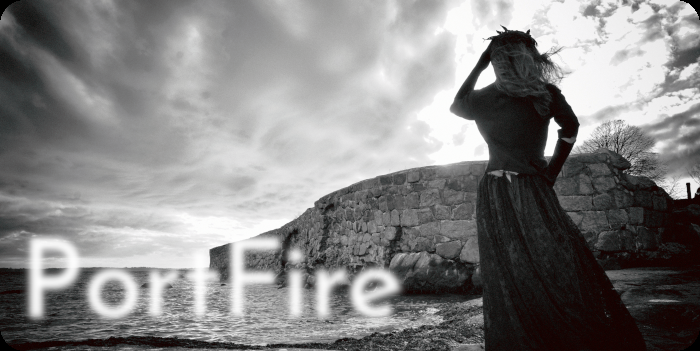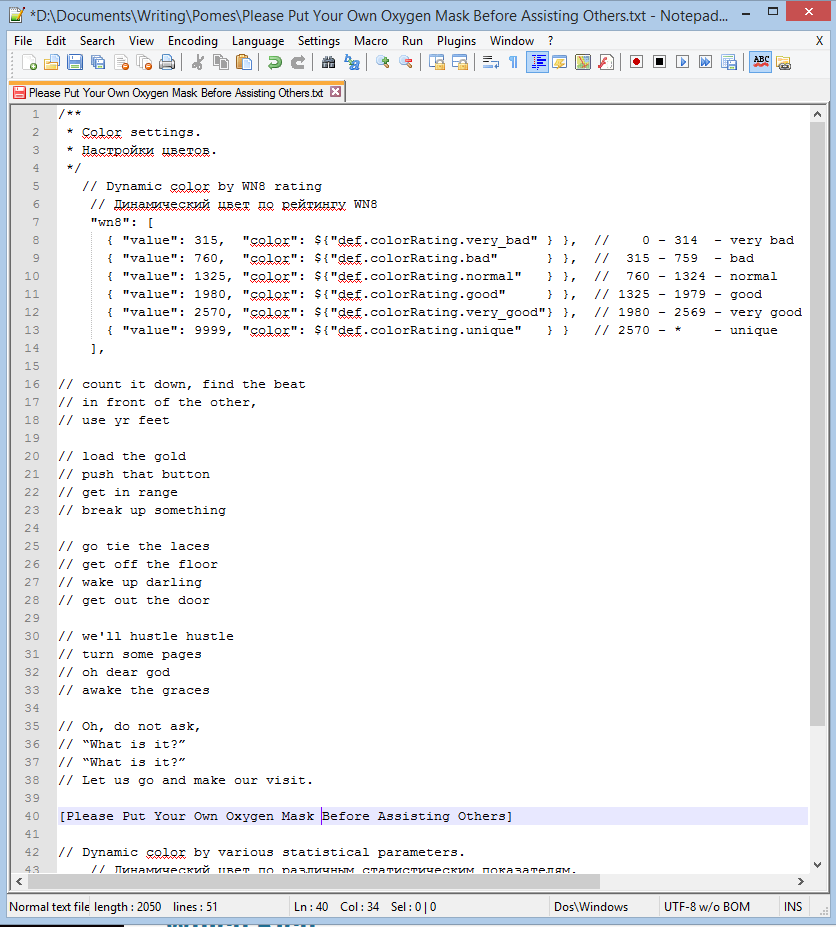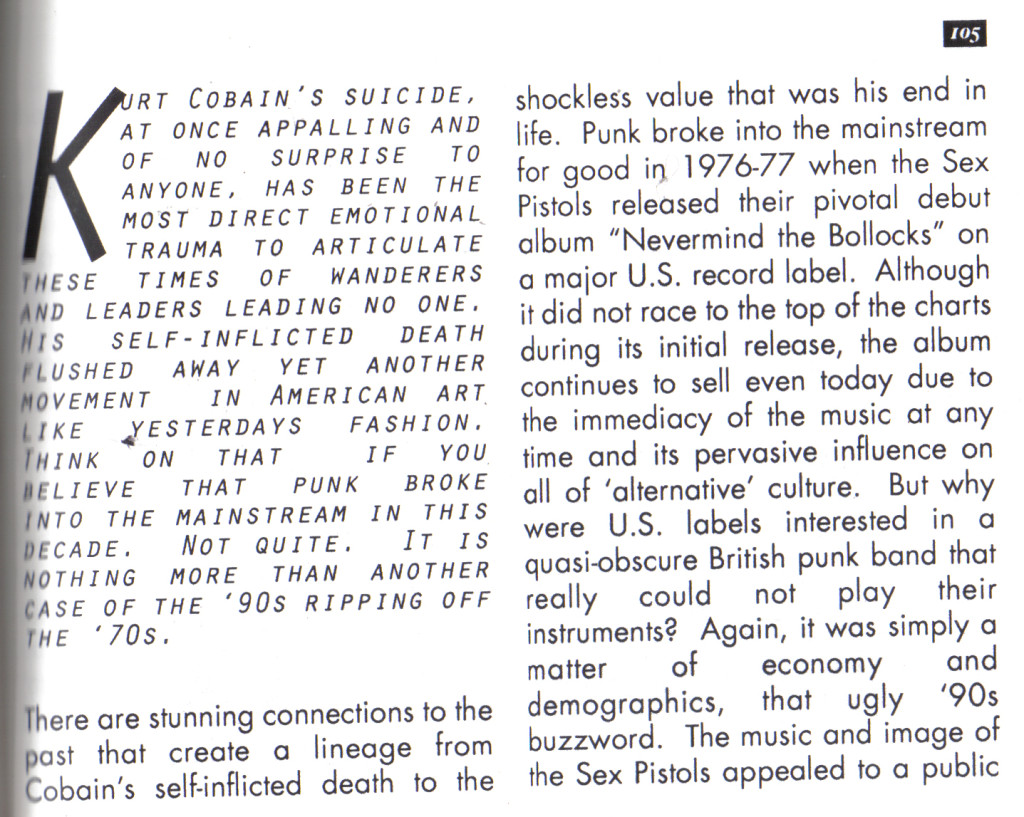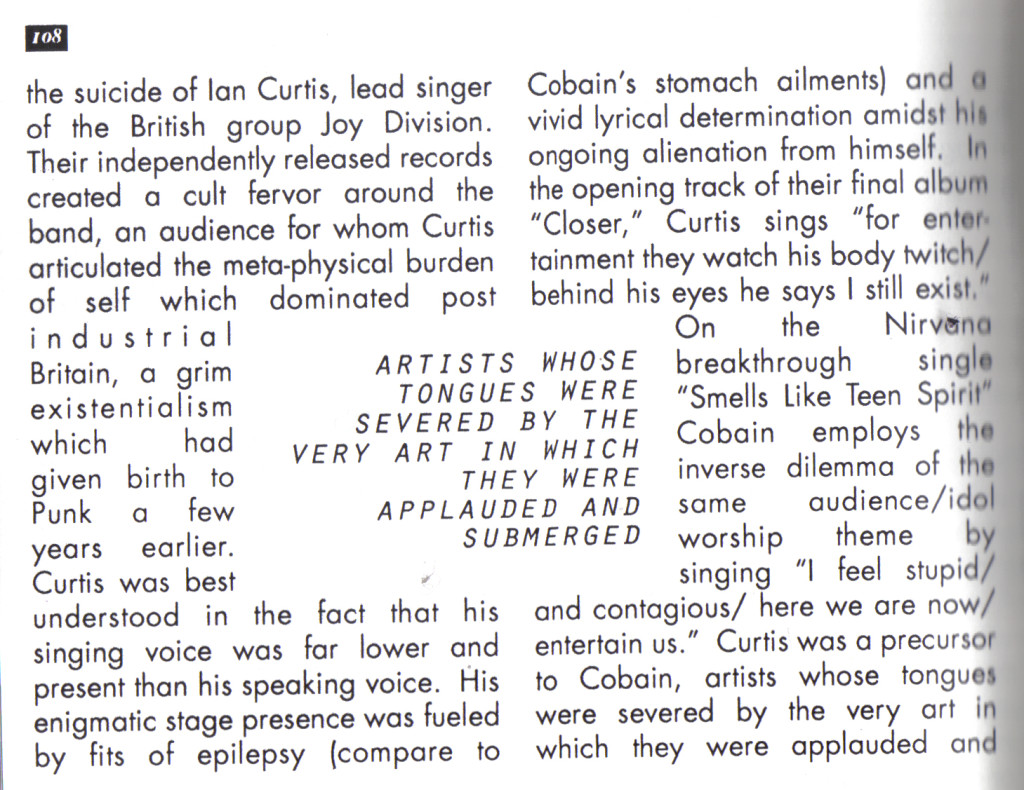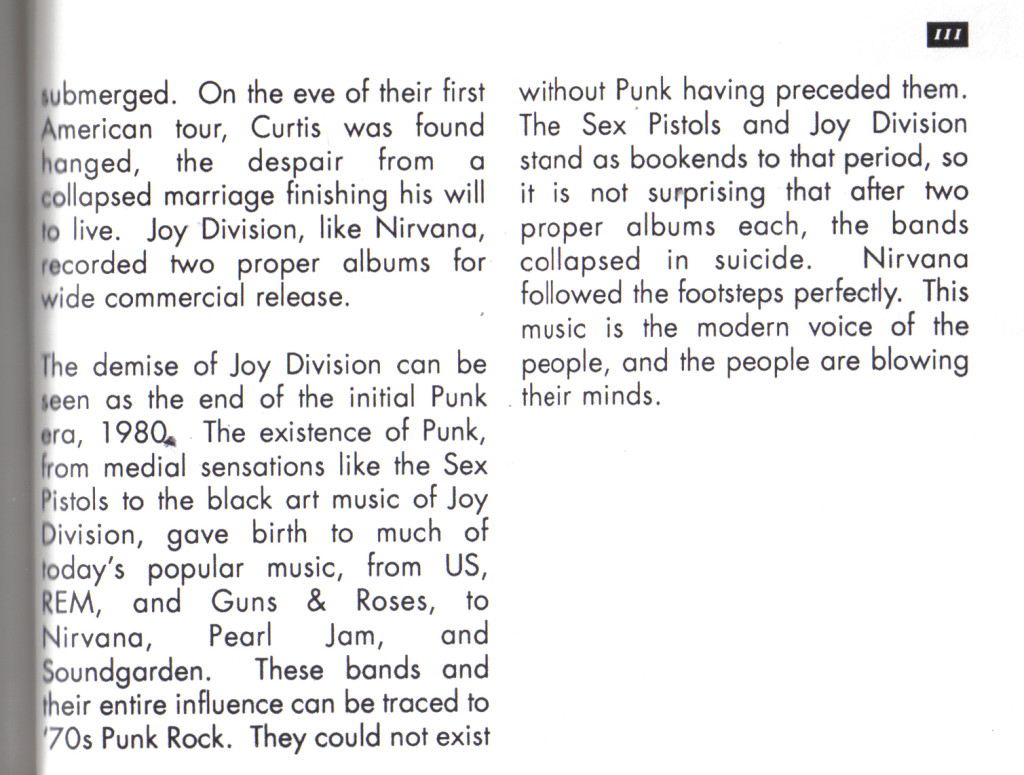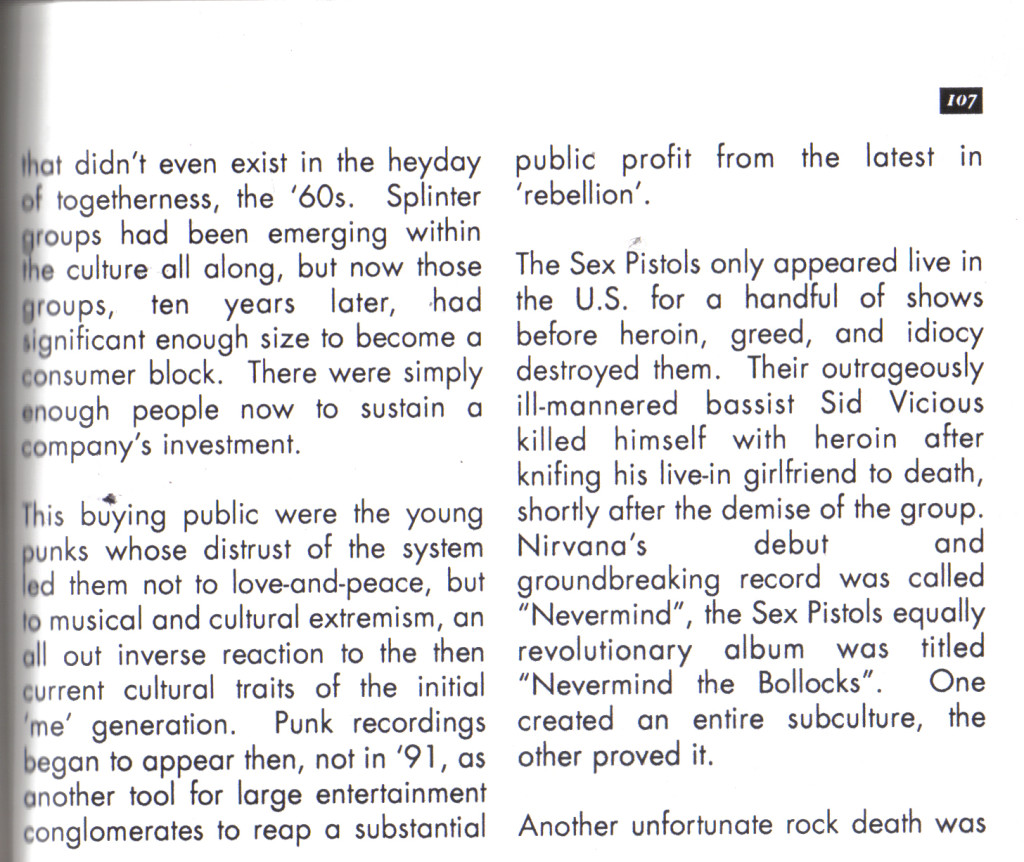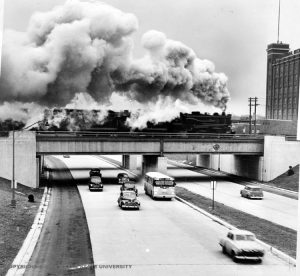Posts
If I knew, I wouldn’t write poetry
this thing, inside, that makes us do the things we do,
what is it called again?
do we call it instinct?
the will to live?
Is this how we perpetuate the species?
what if you are like me?
what if you like the same thing that you already are?
what if, like me, you prefered the same ol’ thing with the same ol’ ending?
a flash
a splash
a glimmer into that once forgotten
a dip into that fruitless endeavor for one more try
for one more go
into that foregone conclusio
Walk at Dawn
the sky is still blue
the sky is still and blue
the sun only hints at being a part of this like we are a part of this
in this middle of it all
this field
where this field and the makeshift pavement meet like an indecision
bits of one strata dissolving into another
the normally tall golden stalks of grass
erect and proud, now weighed down
with the seriousness of the night before
fleeting
the cool and damp
the incremental impact
the slight change in the atmosphere
as if from positive to negative
and back again
we join hands
one of us shivers
the difference is imperceptible
neither of us speak
as we step in unison
forward
the sky is lighter though not bright
the birds have taken notice and the edges of the field start to come alive
the grasses, their heads full of seeds, crane slightly as the defining forces stoically imply their will
almost with each step there are changes taking place
where our feet meet the ground
where the wet of the grass, on careful occasion, meets with our flesh in dewey transference
a diamond exchange
an offer glistening
pausing, glistening, dropping to the ground
up the hill
around the corner
in amongst the cattle that come into focus as the day makes its way
there is less blue now
more bright
the balance is tipping
the winds are rising ever so slightly
the mist gives way to a clarity upon which we both remark
it feels good
less alone
more engaging
the individual parts, as we make our way along a ridgeline trail, integrate
root, rot, branch, the slight trickle of a spring bubbling up out the earth’s surface
one grip tightens, the other responds
eyes meet, hearts skip a beat
down the hill we go
Musings on Nirvana 26 years later
Incomplete Music
I Don’t Owe You Anything
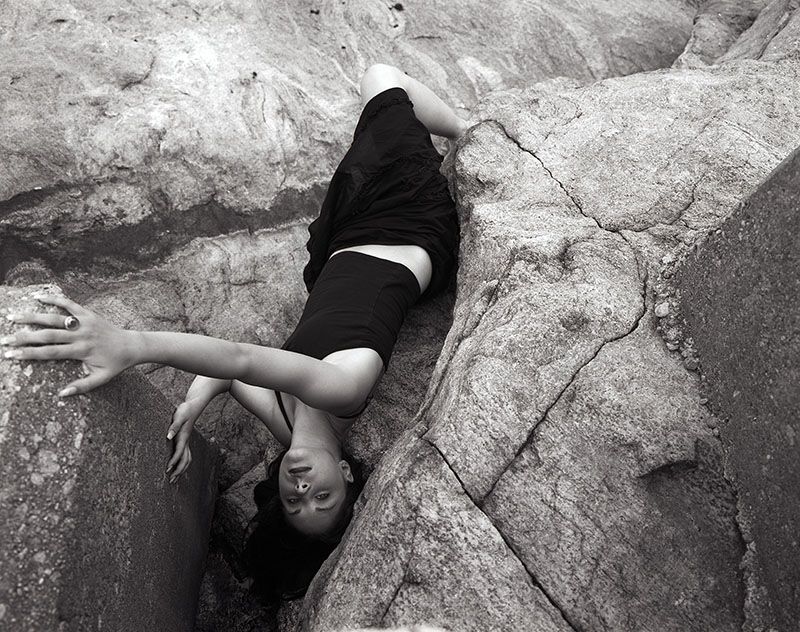
–featuring Model: Morgan Vail
from the ongoing series “Portrait of the Artist as a Young Girl”—
a timeline of photographs over 18 years with the same model
Avery Point, CT USA
Photograph by Michelle Gemma
michellegemmaphotography.com
michellegemmaphotography.wordpress.com
Help Yourself
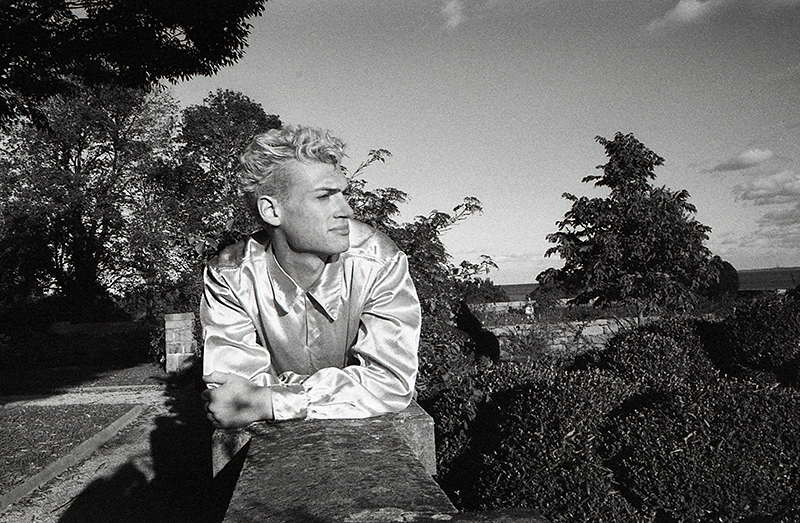
But tell me the words
Before you fade away
You reveal all the secrets
To remember the end
And escape someday
featuring Model: Titus Abad
from the “Seventeen Seconds” series
Photograph by Michelle Gemma
25 October 2016
Eolia Mansion, Waterford, CT USA
https://michellegemmaphotography.com/
https://michellegemmaphotography.wordpress.com/
and a Pitbull named Perry
shirt tucked tightly, smoothed over the contours contained therein
the body of evidence in support of the conclusion already reached
this, not in roundabout form, no pussyfooting here, bub,
but directly, like no one I’ve ever met
the soft curves in continuation over hip and haunch where the body bends, folding softly in a series of gestures and suggestions
and somewhere in all this, the differences diminish
the distance is diminished and the gravity,
that which almost inexplicably draws one thing to another
becomes the only thing that matters
Everything Matters
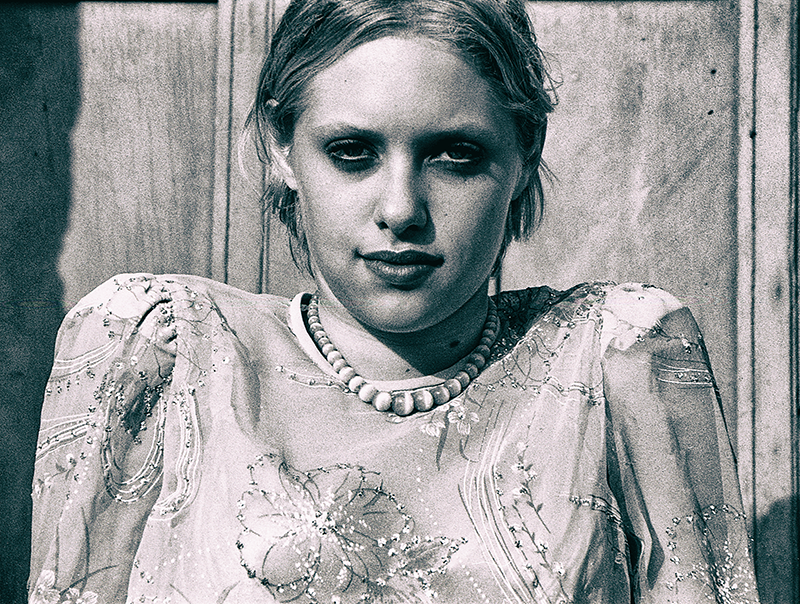
Nelson Wright: “Everything matters, everything we do matters.”
—-Flatliners, (1990), written by Peter Filardi of Mystic, CT
featuring Model: Angela Lavoie
Stonington Boro. CT USA
Photograph by Michelle Gemma
Ilford Delta 400 Pro
michellegemmaphotography.com
michellegemmaphotography.wordpress.com
Don’t Take The Ring
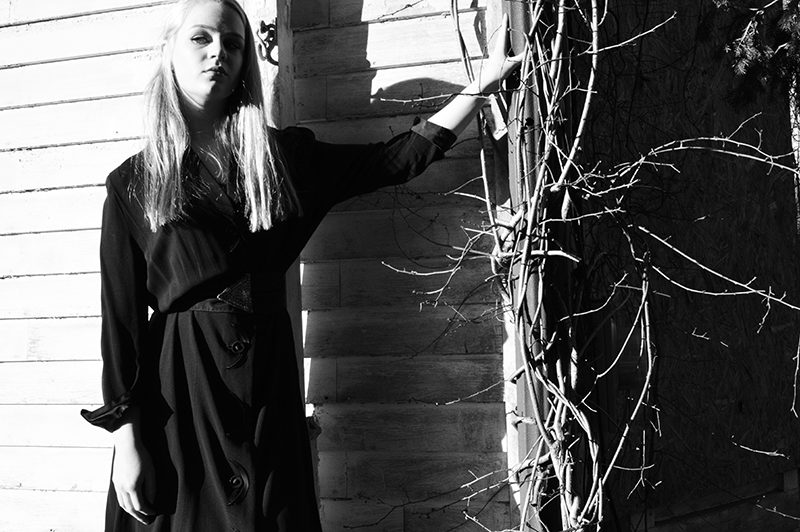
from the “Don’t Take the Ring” series
featuring Model: Piper Meyers
April 2016
Mystic, CT USA
Photograph by Michelle Gemma
https://michellegemmaphotography.com/
https://michellegemmaphotography.wordpress.com/
